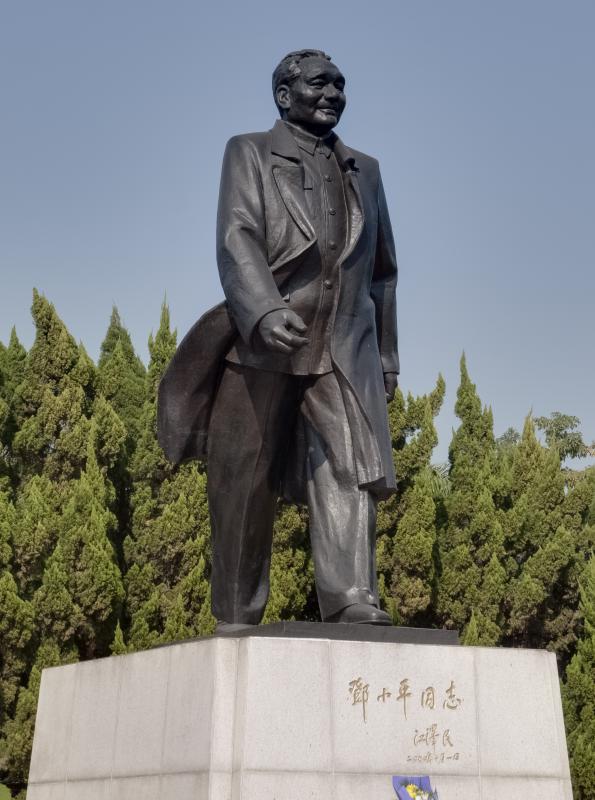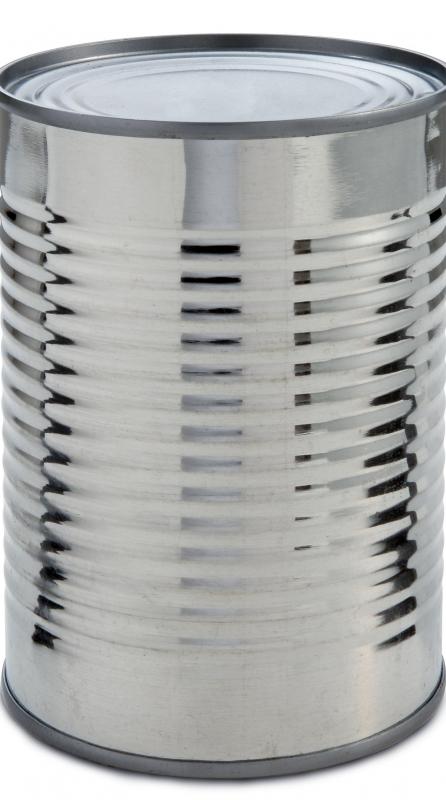At HomeQuestionsAnswered, we're committed to delivering accurate, trustworthy information. Our expert-authored content is rigorously fact-checked and sourced from credible authorities. Discover how we uphold the highest standards in providing you with reliable knowledge.
What is Tin?
Tin is a silvery-gray metallic element which has been used by humans for thousands of years. The symbol is Sn, from the Latin stannum, and its atomic number is 50, placing it with other metals such as antimony and aluminum. Almost every continent on Earth has a source of tin, usually in the form of cassiterite, an oxide mineral. In addition to a wide range of manufacturing uses, the metal is also nutritionally necessary, albeit in trace amounts.
The word for the metal appears to have been borrowed from a pre-Indo-European language. Old forms of German and Dutch, among other languages, have cognates for the word, but the roots are somewhat unclear. The murky etymology of the word supports research by anthropologists which suggests that humans have been interacting with tin for at least 5,000 years, if not longer.

Studies of early humans have suggested that tin was one of the earliest metals used by humans. It was alloyed with copper to make bronze, making it one of the earliest alloyed metals. In retrospect, tin is an obvious choice for a copper alloy, because it hardens copper when the metals are blended. Tin was also used in the production of ornaments and jewelry. As human innovation progressed, the metal began to be harnessed for other purposes as well. Its high corrosion resistance make it an excellent choice for coating, and for making alloys with other metals.

The metal is relatively easy to work with, since it is highly pliable and entirely fluid when molten. Tin also has a very crystalline structure, leading to a well known “tin cry” when bars of the metal are bent, breaking the crystals. Various forms of the metal are available including bars, nuggets, foil, sheets, and wire. Prices for tin fluctuate, since the metal is relatively rare in the Earth's crust when compared with some other metals.

Aluminum is sometimes confused with tin, since aluminum has replaced the other metal in some industrial applications. Tinfoil, for example, is usually made with aluminum, and some tin cans are actually aluminum cans. A true tin can is actually made from steel with a thin coating of tin to prevent corrosion. Large amounts of the metal can be toxic to humans, but fortunately it is difficult to absorb in most cases. Because of this, manufacturers coat tin in products like cans which might pose an ingestion risk.
AS FEATURED ON:
AS FEATURED ON:













Discussion Comments
Who discovered it and how is it made?
what can tin destroy?
Who discovered tin?
What is the commercial value of tin? In what form is it found? Where is it found in nature? And how is it obtained in pure form?
Uhmm, please answer it now. I really need the answers, because Im going to make an advertising brochure of an element, and I've chosen the element Tin(Sn).
Post your comments